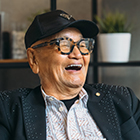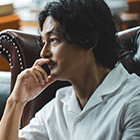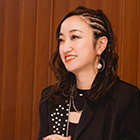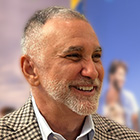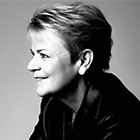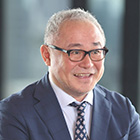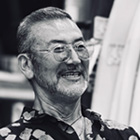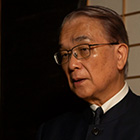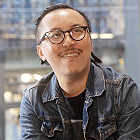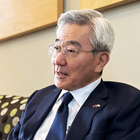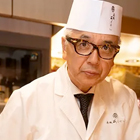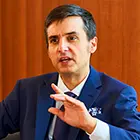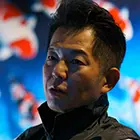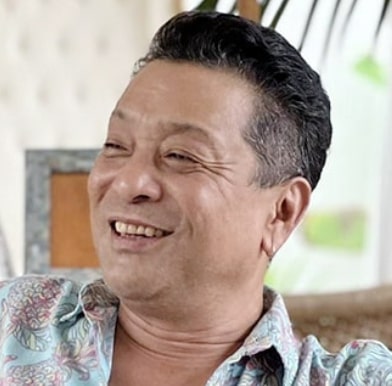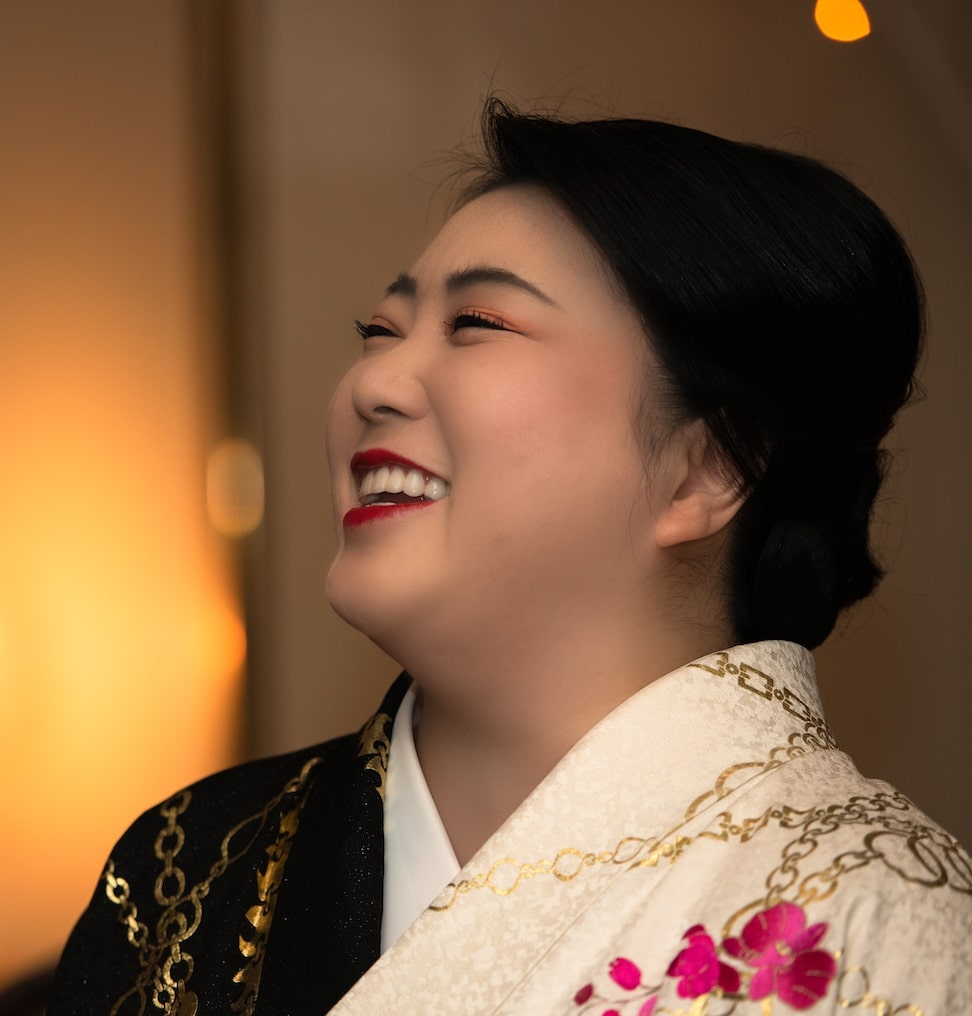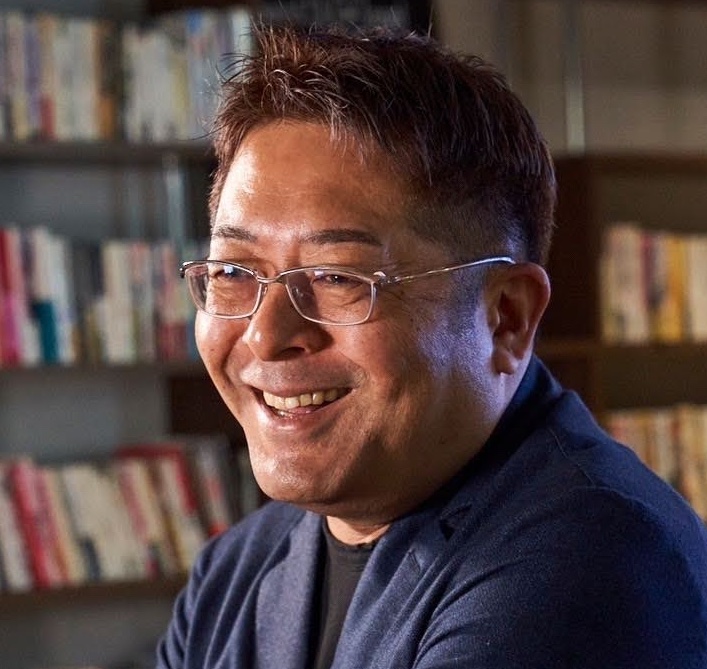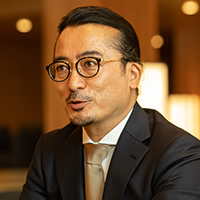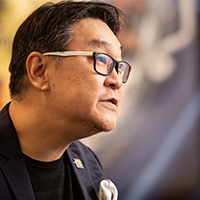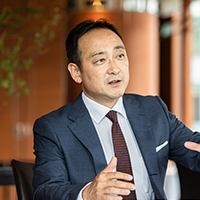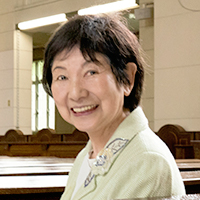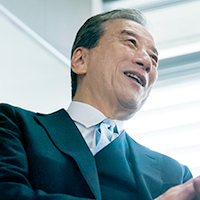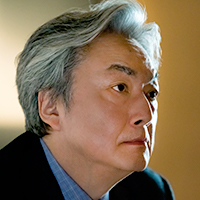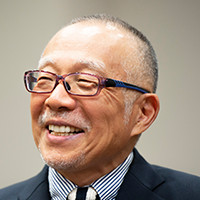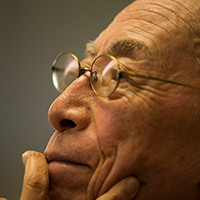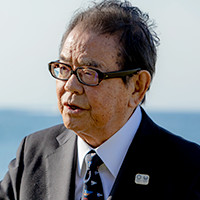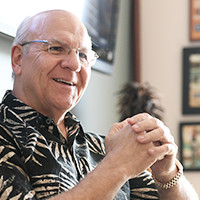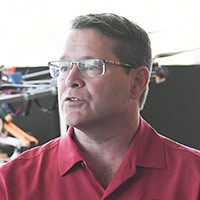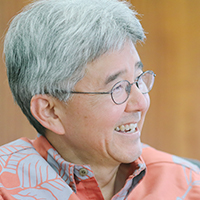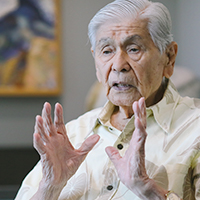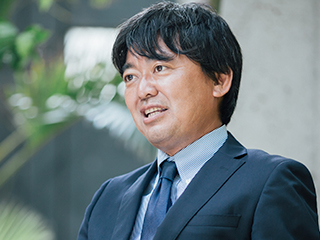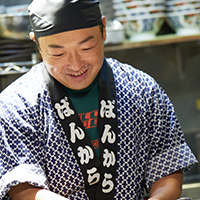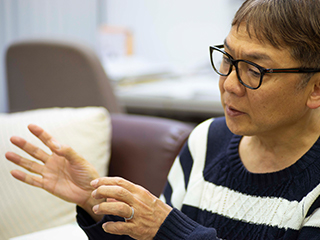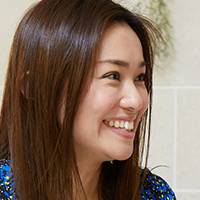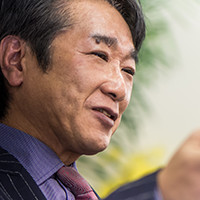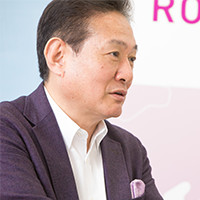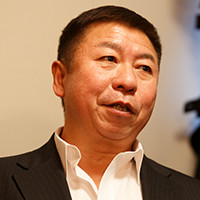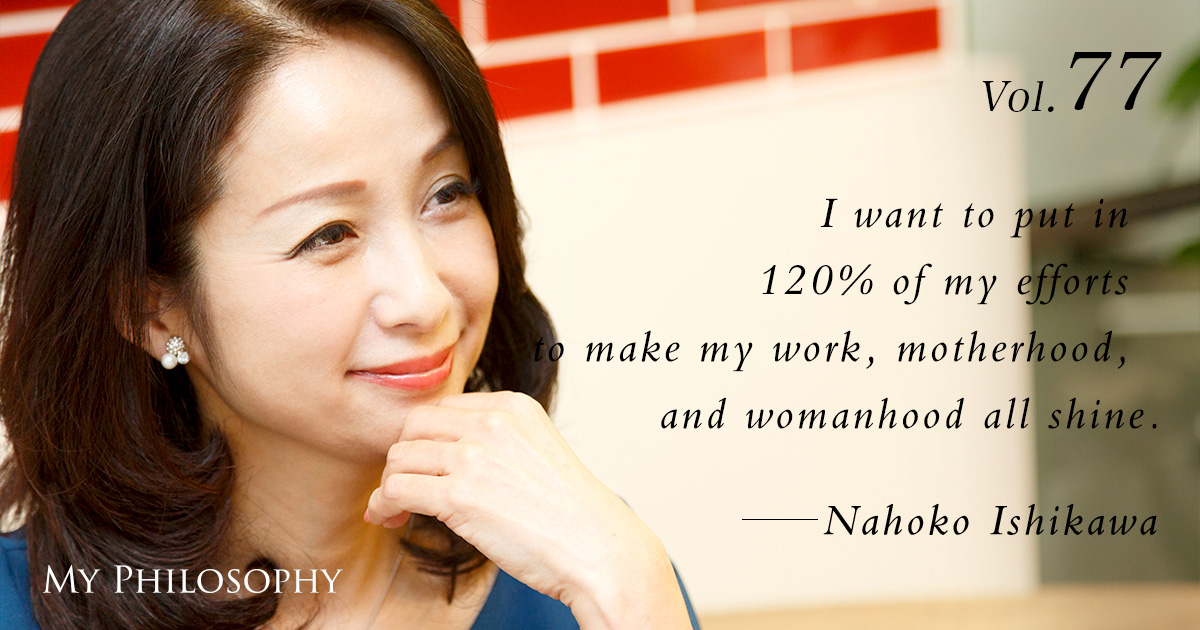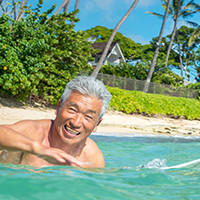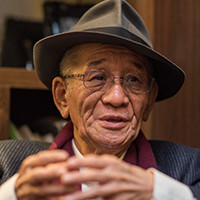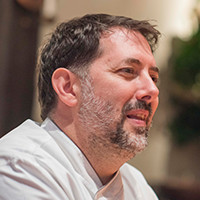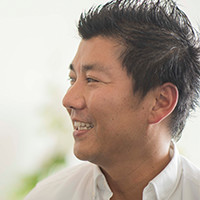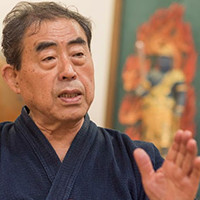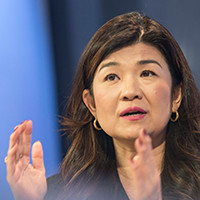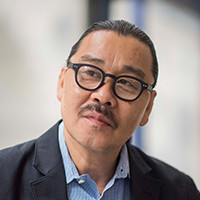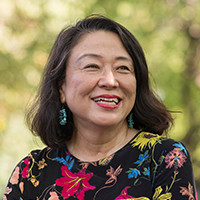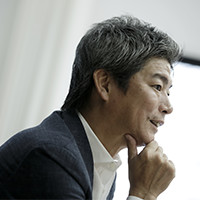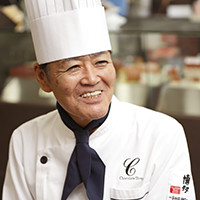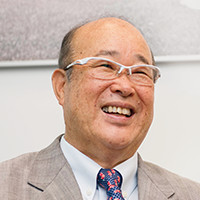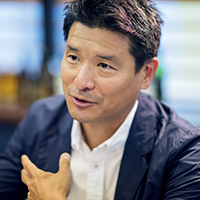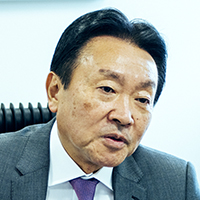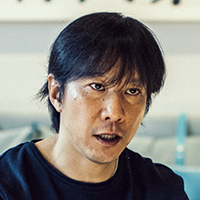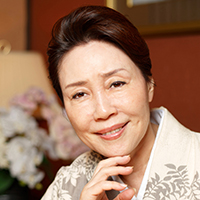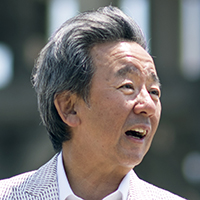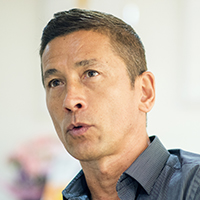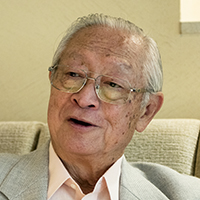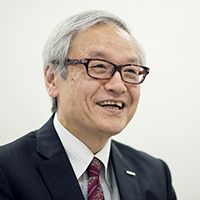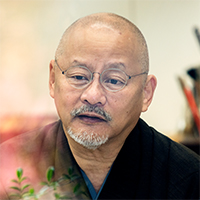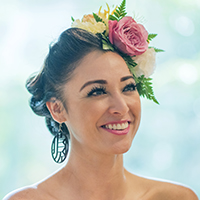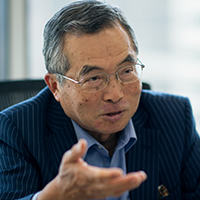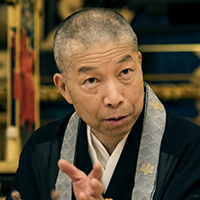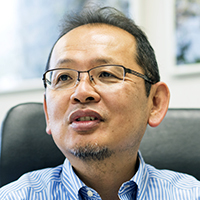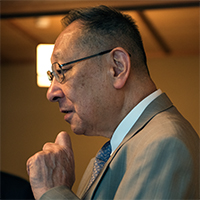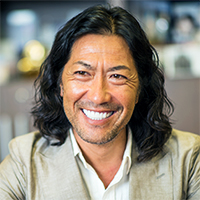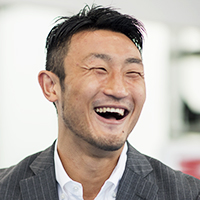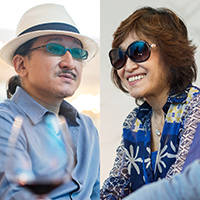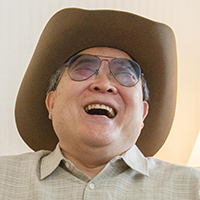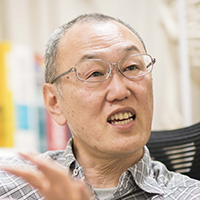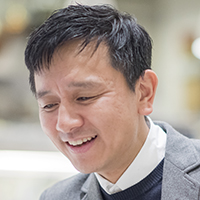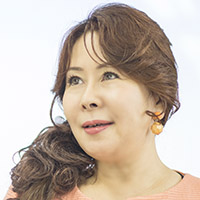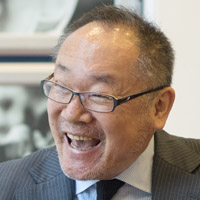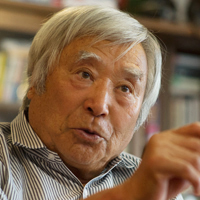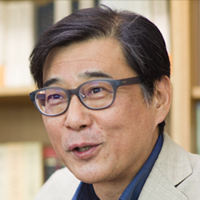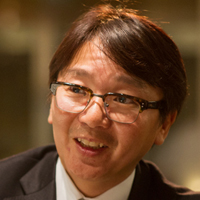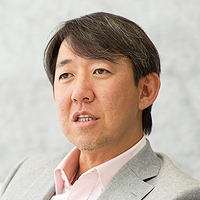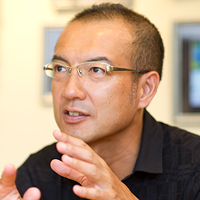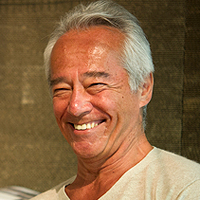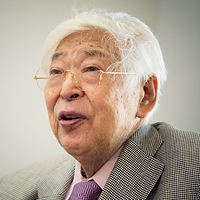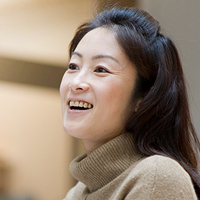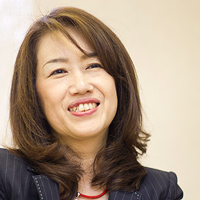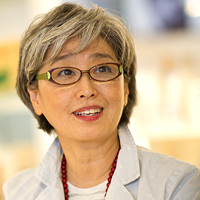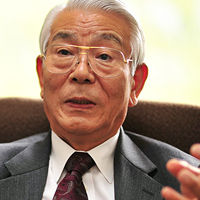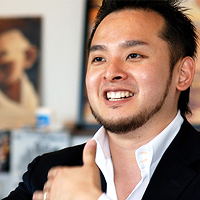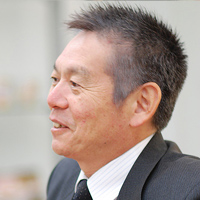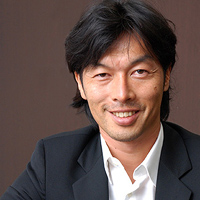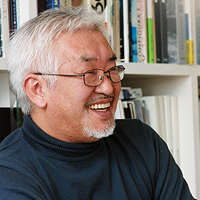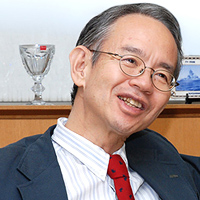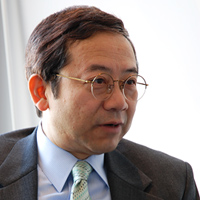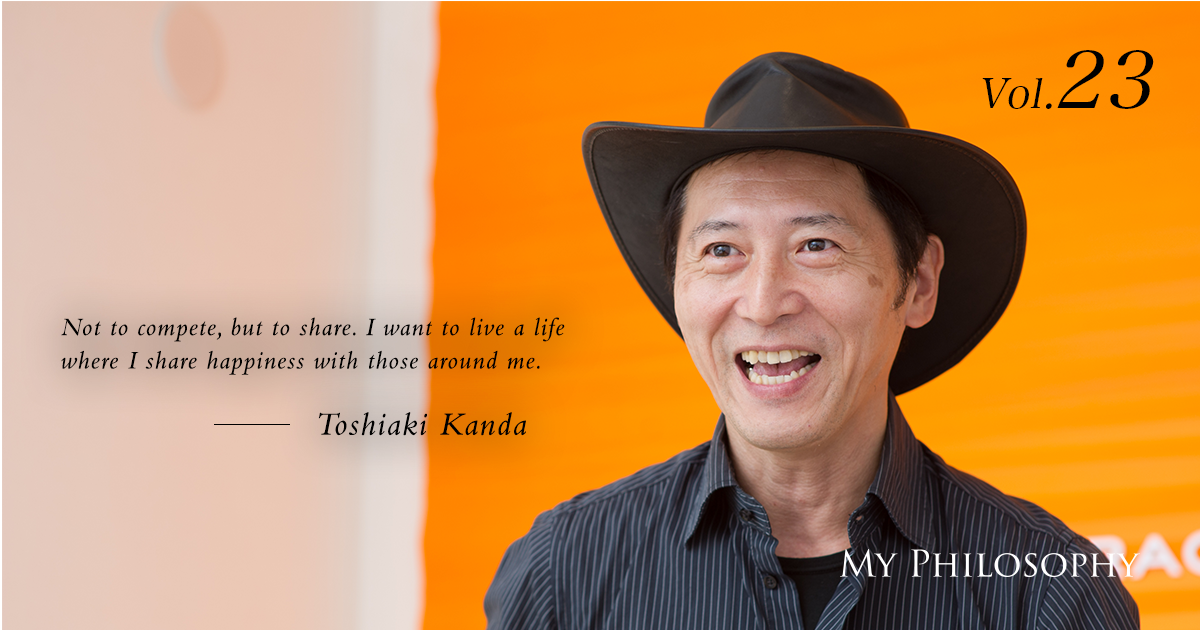
Mr. Toshiaki Kanda, active as an IT journalist and social media consultant, has engaged in a wide variety of activities. We heard from him about his experiences and his thoughts on the current state of the world.
Profile
Vol.23 Toshiaki Kanda
Representative of Kanda News Network | IT Journalist, Social Media Consultant
After working in marketing, focusing on planning, researching, and selling wine, he engaged in editing computer magazines primarily about Macintosh and promoting DTP(desktop publishing). Since 1995, he has been running a personal broadcasting station using video streaming called "Kanda News Network." After serving as a part-time lecturer at Waseda University Graduate School and Kansai University's Faculty of Informatics, he is involved in planning business strategies for social media, consulting, education, lectures, writing, politics, and live streaming activities.
*The titles and positions mentioned are as of the time of the interview (November 2013).
From Wine Shop Owner to Magazine Editor-in-Chief
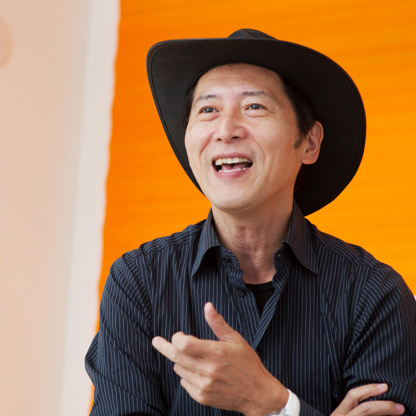
During my student days, I spent about half a year backpacking in the United States. Unable to speak the language and having no clue how to get around, I could only order in restaurants by pointing at the menu. Each day, as I interacted with locals, I learned new words one at a time, which really built my courage. After finishing my backpacking journey, I joined a wine-related marketing company and lived a salaried life in Tokyo for five years. Then, thinking of opening a wine shop at my family’s liquor store, I returned to Kobe. During the year it took to set up the shop, I had no other engagements, so I worked in sales at a design company. During my sales visits to Apple’s Osaka branch, I started receiving some work, and since I originally liked Macintosh, I found the work fascinating and soon became fully immersed in it. Eventually, I put the wine shop on hold and began creating a community paper, “Mac Press.”
At the time, Mac’s market share was only about 1%, but anticipating its growth in Japan, I started gathering advertisements from the Kansai area and produced about 50,000 copies a month using DTP. In magazine sales, the primary job is to secure annual advertisements from major companies for the back cover (cover 4). About six months in advance, I would start thinking about the clients’ budgets and how their business could succeed to approach them effectively. Once cover 4 is settled, it’s easier to fill the inside pages with ads. If a major national brand doesn’t get on cover 4, the quality of the magazine suffers.
Communication Skills Learned in America
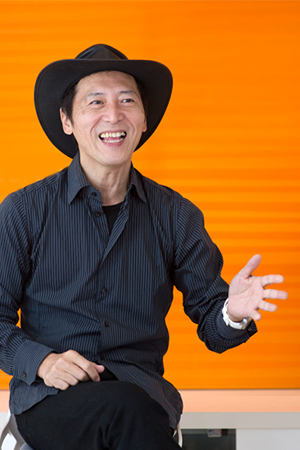
When launching “Mac Press,” which was a new medium at the time, I devised a strategy for the second issue. I traveled to the U.S. to catch John Sculley, who was then the chairman of Apple, at an event venue. I approached him saying, “Nice to meet you again.” It was the first time we met, but I added “again.” Even if he didn’t remember me, being a Japanese and saying “again” might make him think we had met before, leading him to respond with a “Hi!” I then showed him my magazine, had him hold it, and took several photos, which I used for the cover of the second issue. This made it look like “Mac Press” was endorsed by John Sculley among the many Mac magazines. However, it wasn’t a lie that we met and I took a photo with him(laughs).
I also made Bill Gates say “Ouch!” once. While shaking hands, I tapped his other shoulder with my free hand. The PR people around us thought if someone was that friendly with the boss to pat his shoulder, it wouldn’t be polite to interrupt. Additionally, I learned other communication tactics in America through real experiences, like shaking hands more firmly than the other person. While I am not fluent, I wouldn’t say I can’t speak English. Being able to speak English is not a binary, a 0 or 1, a Yes or No situation. Just because you can say “This is a pen.” doesn’t mean you can’t speak. It’s just a matter of the level of proficiency.
All for the Joy of Others

The mission of our company is “to make the world a little happier than today.” What I value most in my work is whether I find it enjoyable. What constitutes enjoyable varies from person to person, but I find joy in making others happy. Therefore, I always think about this, not just in work but in everyday situations as well. For example, on days when it looks like it might rain, I carry two umbrellas with me. When caught in a sudden downpour, people often buy cheap disposable umbrellas, which accumulate over time. However, it feels wasteful to just throw them away. Carrying two allows me to offer one to someone in need. When I do, the gratitude in their eyes is unmistakable (laughs). It’s a small gesture, but it brings me immense satisfaction.
From this perspective, I sometimes question the current economic and social practice of competing for scarce resources. Neanderthals lived by competing with each other. Later, Cro-Magnons learned to share with others. The Cro-Magnons, who painted the walls of the Lascaux cave, might have struggled to make fire and had neither language nor script, but they still created art. Therefore, they likely had more mental space than we do today and might have even created music, possibly enjoying a richness of life that surpasses even the Renaissance.
To Become a Person Who Stands on Their Own Feet
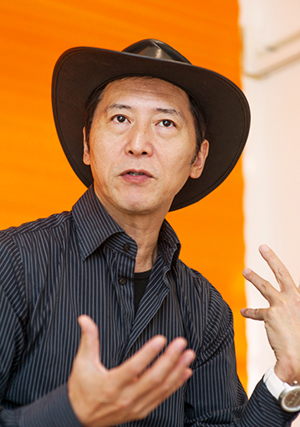
It might be that modern humans are even less capable than the Cro-Magnons. With the advent of scams like the “Ore Ore fraud (It’s me It’s me fraud)” and attempts to regulate the Internet era through laws, it seems that the smarter we become, the more we lose our emotional richness. There needs to be more value in production activities than just money, and ideally, money should follow as a result of these activities. Ultimately, the key is to be able to sustain oneself independently. In India, they say you should never give even a single rupee to a poor child. This is because receiving handouts can become expected, discouraging them from striving to live independently. It’s not good for the impoverished to feel entitled to take from the wealthy. A person who can stand firmly on their own is in a position to share with others. If the person who initially provides support is relied upon again, it prevents a mutually beneficial relationship. The first person’s help should be followed by others who invest, anticipating further steps towards independence. This creates a balanced situation. In this way, those who are independent can effectively interact and truly share with each other.
I want to die in a way that I can be proud of, knowing why I was born. When I die, I hope to leave behind as many people as possible who will miss me, saying, “It’s sad that Mr. Kanda is gone.” To achieve this, I need to become more famous and do even greater things. This might be my current dream.
 KNN Kanda’s Social Empowerment
KNN Kanda’s Social Empowerment

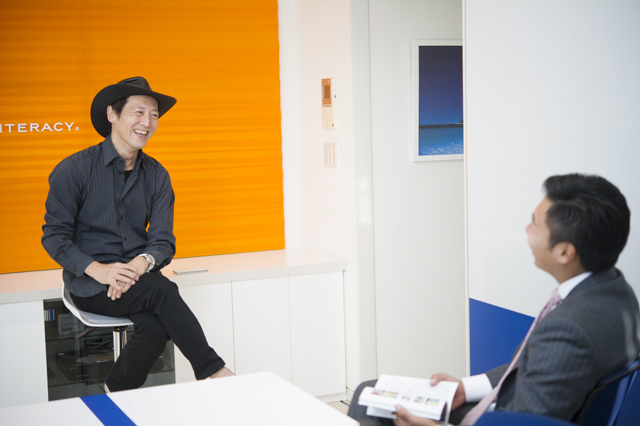
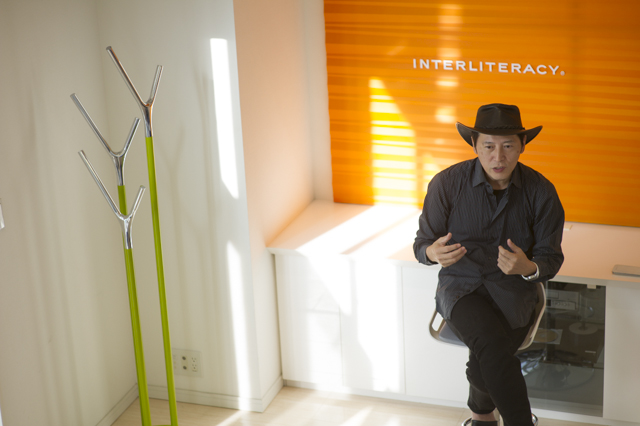
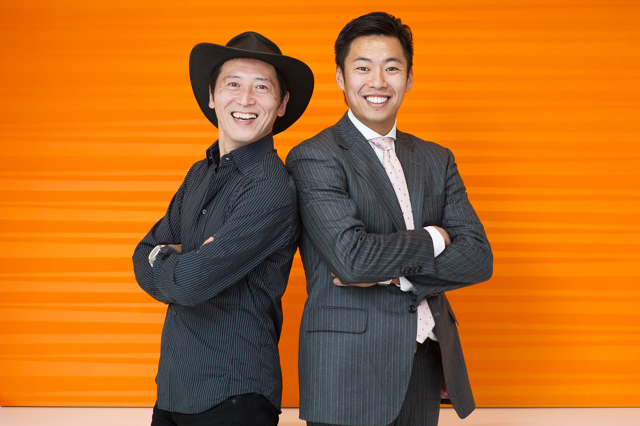
At SoftBank Academia, I met Paul Kanda (Mr. Toshiaki Kanda), who shares the same birthday as me. From our first meeting, I felt a similar vibe with him. Mr. Kanda is truly a positive person, and being around him makes me feel more positive as well.
Although his TOEIC score isn’t high, his ability to thrive internationally without relying on scores proves his impressive communication skills. I still have much to learn from his bold approaches to interviews and interactions! The interview with him reaffirmed the importance of speaking and acting with confidence.
Indeed, having energy, being positive, curious, persistent, flexible, and maintaining an optimistic perspective like Mr. Kanda’s are essential. Furthermore, with an adventurous spirit, you can provide work that pleases others and become a person who stands on their own. The idea discussed during the interview, “Sharing in the true sense of the word means that independent people are well involved with each other. ” reflects the conscious effort I’ve made in building relationships. Next year, I aim to find more allies and evolve into a company that can give back to society.
November 2013 at the Interliteracy Office. Edited by: Naomi Kusuda. Photographed by: Daiki Ayuzawa





